Ready to start your e-commerce journey with minimal risk? Beginning Amazon dropshipping in 2024 could be your key to financial success! This exciting fulfillment method lets you sell products online without ever handling inventory. Dropshipping is changing how entrepreneurs enter the e-commerce world, making it affordable and straightforward for beginners.
With Amazon’s massive marketplace, you can effortlessly reach millions of potential customers. Imagine selling online without the hassle of managing inventory. In this digital age, dropshipping offers an unparalleled opportunity to tap into the global market, sell a vast array of products, and generate substantial profits—all from the comfort of your home. Dropshipping on Amazon makes it possible!
Start your online business journey with Amazon dropshipping today!
Benefits of Dropshipping on Amazon for New Sellers
1. Low Upfront Costs: You don’t need to buy large quantities of stock upfront, making it an excellent option for those new to e-commerce who want to start a business without significant financial risk.
2. Wide Product Selection: Dropshipping allows you to provide various products in your store. You are not restricted by physical inventory, so you can simply add or delete products based on market trends and client preferences.
3. Flexibility and Scalability: Dropshipping allows you to operate your business anywhere with an internet connection. Plus, it’s scalable. As your business grows, you can expand your product offerings without the complexities of managing more inventory.
4. Focus on Marketing and Customer Service: Because you don’t have to worry about logistics, you can give more time to marketing your business and providing outstanding customer service. This focus can help you build a strong brand and loyal customer base.
5. Access to a Huge Market: Amazon’s marketplace is massive, with millions of potential customers. Dropshipping on Amazon may reach a large audience and boost your chances of making sales.
Starting your dropshipping journey on Amazon in 2024 is not just a smart move—it’s a game-changer. This business model’s low-risk, high-reward nature makes it highly attractive for new sellers.
Amazon’s Dropshipping Policy Updates
Understanding and adhering to Amazon’s policies is crucial for running a successful dropshipping business. Here’s a breakdown of the key points to remember, the impact of the 2024 updates, and the prohibited practices you must avoid.
1. Key Points to Remember for Complying with Amazon’s Guidelines
- Always Identify as the Seller of Record: Dropshipping on Amazon requires you to always recognize yourself as the seller of record on all packing slips, exterior packaging, and invoices. The third-party supplier should never be mentioned in any of these documents.
- Remove Supplier Information: Ensure that your suppliers do not include any of their information, such as packing slips or invoices, with the products they ship on your behalf.
- Responsibility for Returns: You are responsible for accepting and processing customer returns of your products. Ensure you have a clear return policy that complies with Amazon’s guidelines.
- Maintain Accurate Inventory: To avoid overselling products, keep your inventory listings accurate. This involves coordinating closely with your suppliers to ensure product availability.
- Customer Service: You must handle all customer service inquiries regarding your products. This includes issues related to order fulfillment, returns, and refunds.
2. Prohibited Practices to Avoid in Dropshipping on Amazon
To ensure your dropshipping business remains compliant, avoid the following prohibited practices:
- Using Unauthorized Suppliers: Only use suppliers who adhere to Amazon’s dropshipping guidelines. Unauthorized suppliers can jeopardize your account.
- Mentioning Third-Party Suppliers: Never include supplier information on invoices, packaging slips, or any external packaging. This can lead to policy violations and potential suspension.
- Failing to Take Responsibility for Returns: Do not direct customers to return products to the supplier. You must handle all returns yourself by Amazon’s return policies.
- Buying from Another Online Retailer: Let’s say you’re running a business that sells on Amazon. You can’t buy products from Walmart (including their marketplace with third-party sellers) and then have Walmart ship those items directly to your Amazon customers. That goes against Amazon’s rules. Amazon strictly prohibits this practice, and breaking this rule can suspend your account.
Imagine this scenario:
- You list an excellent blender for sale on Amazon.
- A customer orders the blender from your store.
- Then, you as a seller hop onto Walmart and buy the same blender, and enter your Amazon customer’s shipping info.
- Your customer receives a package with Walmart logos all over it.
Now, this is where things go south. The customer expected an Amazon package but got one from Walmart instead. Confused and annoyed, they contacted Amazon, and guess what? Your account gets flagged.
Step-by-Step Process to Initiate Dropshipping on Amazon
Starting your dropshipping business on Amazon involves several crucial steps. Here’s a detailed guide to help you get started:
1. Setting Up Your Amazon Seller Account
1. Sign Up for an Account: Go to Amazon Seller Central and click “Register Now.” Based on your business requirements, select an individual or professional account.
2. Provide Business Information: Fill in your business details, including your legal business name, address, and contact information.
3. Verify Your Identity: Amazon requires identity verification. To do so, you must submit a valid ID and a business utility bill or bank statement.
4. Set Up Your Store: Once your account is verified, you can set up your Amazon storefront by providing details like your name and logo.
2. Choosing a Unique Store Name and Deciding on Delivery Charges
1. Choosing a Store Name: Pick a unique and memorable store name that reflects your brand and products. Avoid using any restricted words or trademarks.
2. Deciding on Delivery Charges: Set your shipping rates. Amazon offers flexible shipping settings where you can charge flat rates or free shipping. Consider your product margins and competitor pricing when setting delivery charges.
3. Understanding the GST Rate or Product Tax Code (PTC) for Your Products
1. Determine GST Rates: Identify the Goods and Services Tax (GST) rate applicable to your products. GST rates vary by product category, so classify your products correctly.
2. Assign Product Tax Codes (PTC): Each product listed on Amazon requires a Product Tax Code. This code determines the tax rate applied to your products. You can find a comprehensive list of PTCs on Amazon’s tax calculation services page.
4. Adding Your Bank Details for Business Transactions
1. Access Payment Settings: In your Amazon Seller Central account, navigate to the “Account Info” section and select “Payment Information.”
2. Add Bank Details: Provide your bank account information where Amazon will deposit your earnings. Ensure the bank account name matches your seller account details to avoid payment issues.
3. Verify Bank Account: Amazon may require verification of your bank account through a small test deposit. Follow the instructions to complete this step.
5. Adding Products to Your Store and Optimizing Product Listings
1. Add Products to Your Inventory: Go to the “Inventory” section in Seller Central and select “Add a Product.” You can search for existing products to list or create a new product listing.
2. Optimize Product Listings: For better visibility and sales, optimize your product listings by:
- Creating Detailed Descriptions: Write clear and informative product descriptions highlighting key features and benefits.
- Using High-Quality Images: Upload multiple high-resolution images showing different angles of the product.
- Setting Competitive Prices: Research competitor prices and set competitive pricing to attract buyers.
- Adding Keywords: Include relevant keywords in your product title, description, and bullet points to improve searchability.
- Manage Inventory: Regularly update inventory levels to avoid stockouts and ensure timely order fulfillment.
Follow these steps to begin your dropshipping business on Amazon successfully. Setting up your seller account, choosing a unique store name, understanding tax codes, adding bank details, and optimizing your product listings are all crucial for creating a smooth and efficient drop shipping operation. Get started today and take the first step towards building a successful Amazon dropshipping business!
Selecting High-Demand/Low-Competition Products
Tools like Google Keyword Planner, Jungle Scout, Helium 10, and MerchantWords can help you identify keywords with high search volume and low competition. Although there could be more ways to analyze, such as trending product pages on social media channels or having your metrics.
However, the most accurate way we recommend is to start with the following criteria:
- Find keywords that have a lot of searches yet little competition.
- To learn about a product’s seasonality, use Google Trends.
- Identify products with 100-300 unit sales/month.
- Aim for products with at least a 30% profit margin after all other expenses.
Tip: Go for more specific niches. Instead of broad categories like “kitchen gadgets,” consider more particular niches like “eco-friendly kitchen gadgets” or “compact kitchen tools for small apartments.” These niches often have less competition and can attract a dedicated customer base.
Amazon FBA vs. Dropshipping
The major difference between Amazon FBA and Dropshipping is inventory management. In Amazon FBA, you purchase products in bulk and send them to Amazon’s fulfillment centers. Your products are stored, packed, and shipped by Amazon to customers. On the other hand, dropshipping eliminates the need for inventories. You buy the product from a supplier that ships it directly to the customer when they place an order.
Various Amazon FBA centers take the hassle out of inventory management. Instead of juggling multiple suppliers and handling stock manually, you can send your products directly to Amazon’s fulfillment centers.
Moreover, Amazon FBA also gives Prime badges to its sellers, which can attract more customers due to the fast, free shipping options available to Prime members.
Cost and Profits Associated with Amazon Dropshipping
As mentioned earlier, one of the most engaging aspects of dropshipping is the low upfront cost. Unlike traditional retail models, you don’t need to purchase inventory in bulk. You only pay for products as customers order them, reducing the financial risk.
The primary expense in dropshipping is the cost of goods sold (COGS). Since you’re buying items individually from suppliers, the per-unit cost is often higher than purchasing in bulk.
- Transaction Fees: Selling on platforms like Amazon incurs various fees, such as referral and closing fees. Once you make a sale, you have to pay a referral fee which is around 15%.
- Upfront Costs: Amazon Seller Account will charge a $39.99 monthly subscription fee, and there can also be a fee for product research software.
Amazon’s 2024 Referral Fee Update
Starting January 15, 2024, Amazon has made significant changes to its referral fee structure, particularly for apparel products. Here are the critical updates:
1. Reduced Referral Fees for Low-Priced Apparel Products:
- The referral fee for items under $15 will decrease from 17% to 5%.
- For products ranging between $15 and $20, the referral fee will drop from 17% to 10%.
2. Referral Fees for Other Categories:
- Referral fees for products outside these price ranges or categories will remain unchanged. This adjustment primarily benefits sellers in the apparel category by encouraging competitive pricing and creating a more favorable selling environment.
Ways to Maintain Your Dropshipping Business
- Monitor Supplier Performance: Regularly evaluate your suppliers’ performance in terms of delivery, product quality, and responsiveness. Consider having backup suppliers to mitigate risks if a primary supplier fails to meet expectations.
- SEO Optimization: Ensure you have used relevant keywords in your product titles, descriptions, and bullet points to improve your product’s visibility in search results. Tools like Helium 10 or Jungle Scout can help identify effective keywords.
- High-Quality Images and Descriptions: Ensure your product images are high-resolution and your descriptions are detailed and accurate. It helps in attracting and retaining customers
- Regular Stock Checks: Monitor inventory levels to avoid stockouts and overstock situations. Integrate inventory management software that syncs with your suppliers to keep your stock levels accurate.
- Track Performance Metrics: Consider tools like Google Analytics and Amazon Seller Central to track key performance metrics like sales, traffic, conversion rates, and customer behavior.
- Adhere to Amazon Policies: Stay updated on Amazon’s policies and ensure your business practices comply with their guidelines to avoid account suspension.
Conclusion
Starting your Amazon dropshipping journey in 2024 presents a fantastic opportunity to dive into ecommerce with minimal risk. By setting up a proper Amazon seller account, choosing a unique store name, understanding your tax obligations, adding accurate bank details, and optimizing your product listings, you can create a solid foundation for your business. The key to success lies in continuous learning and adapting to market trends. With the right approach, you can build a thriving dropshipping business on Amazon, taking advantage of its vast marketplace and robust infrastructure. Ready to elevate your dropshipping business? Partner with Intoglo for expert guidance and comprehensive Amazon FBA shipments that streamline your e-commerce operations. Contact Intoglo today to get started!


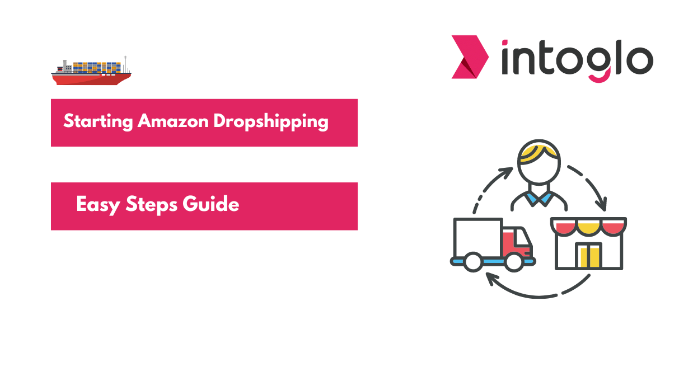
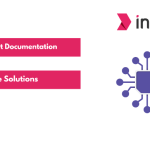
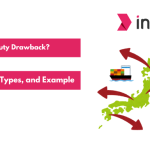
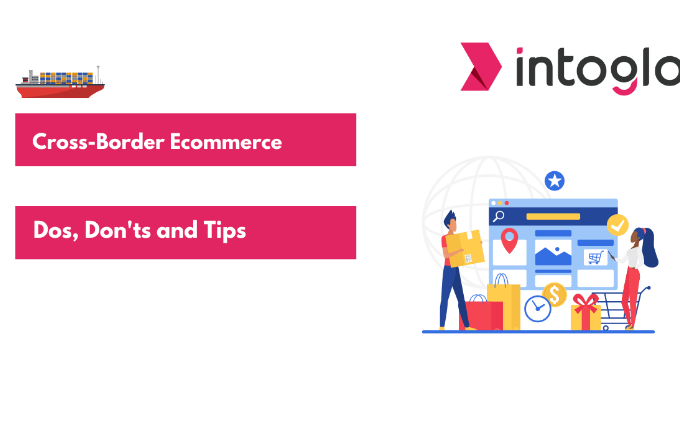
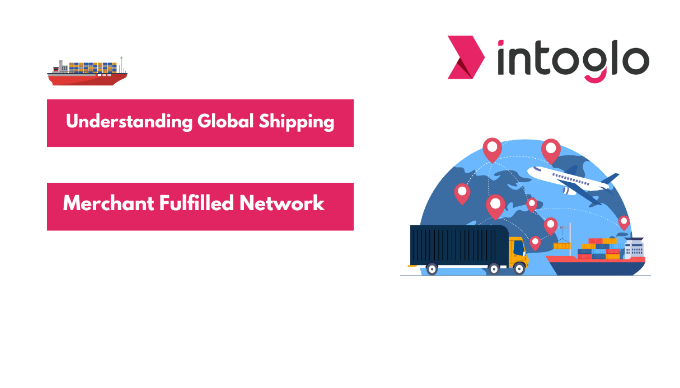
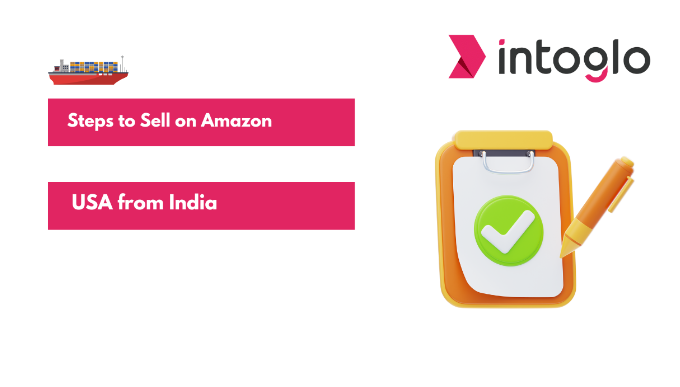
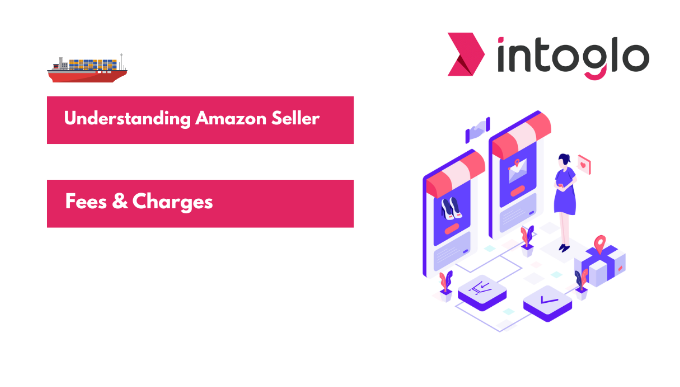
Leave a comment